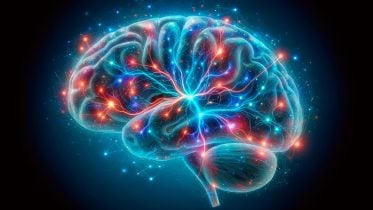Salk researchers have identified a specific brain circuit outside the amygdala that could lead to new treatments for panic disorder. This circuit involves neurons that communicate via a neuropeptide called PACAP, which, when activated during a panic attack, triggers receptor neurons and produces panic symptoms. This discovery points to PACAP and its receptor as potential targets for future therapeutics, fundamentally different from current treatments that focus on the serotonin system.
Credit: SciTechDaily.com Researchers have mapped a brain circuit that mediates panic-like symptoms in mice, showcasing a novel brain pathway that could be a target for new panic disorder therapeutics. Overwhelming fear, sweaty palms, shortness of breath, and rapid heart rate—these are the symptoms of a panic attack, which people with panic disorder have frequently and unexpectedly.

Developing a detailed map of the regions, neurons, and connections in the brain that mediate these panic attacks could lead to the creation of more effective treatments for panic disorder. Salk Institute researchers have now started to construct this map, having identified a specific brain circuit that plays a key role in panic disorder. This circuit is composed of specialized neurons that send and receive a neuropeptide—a small protein that sends messages throughout the brain—called PACAP.
Importantly, they found that PACAP, along with the neurons that produce its receptor are possible druggable targets for ne.























